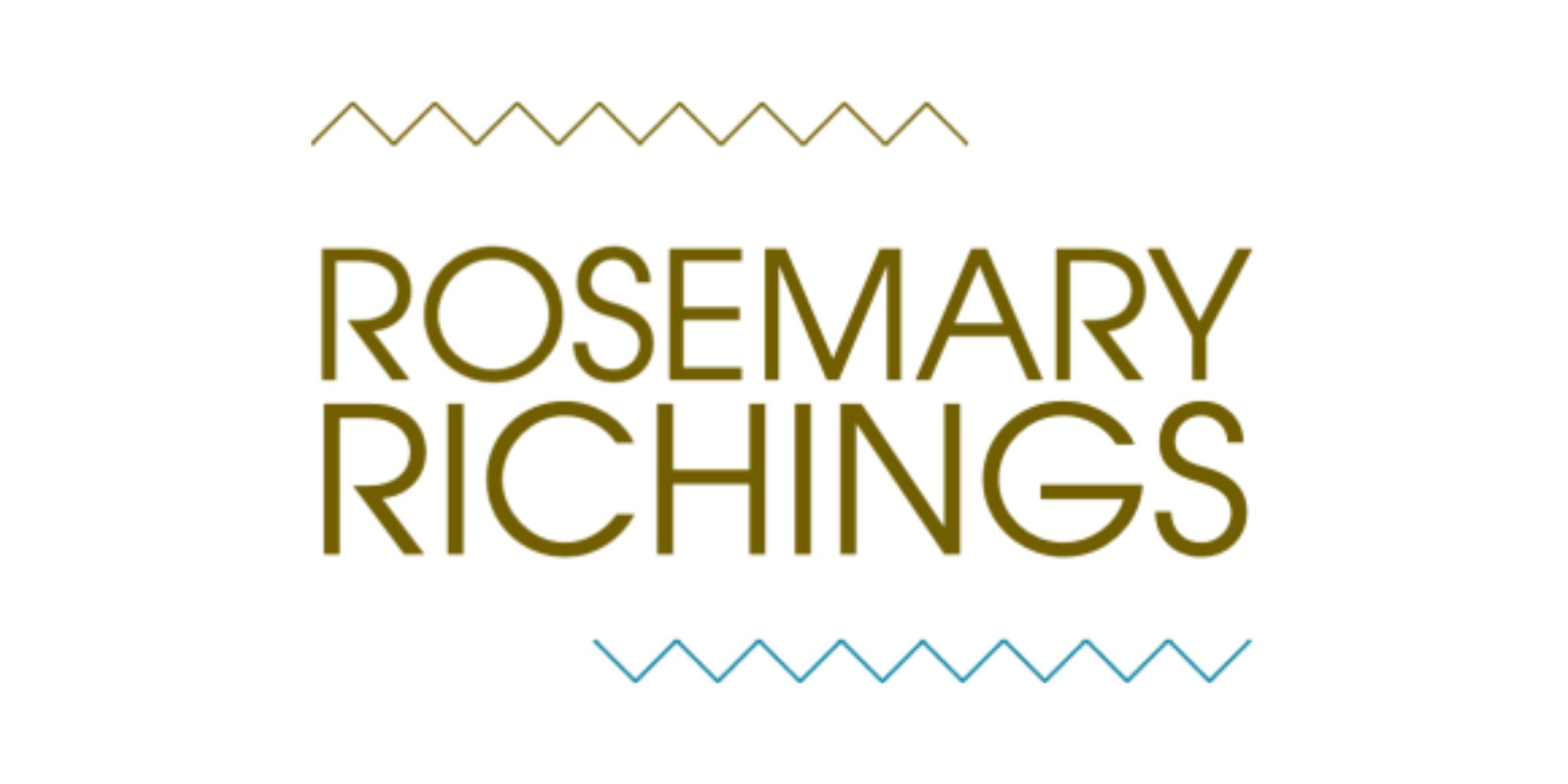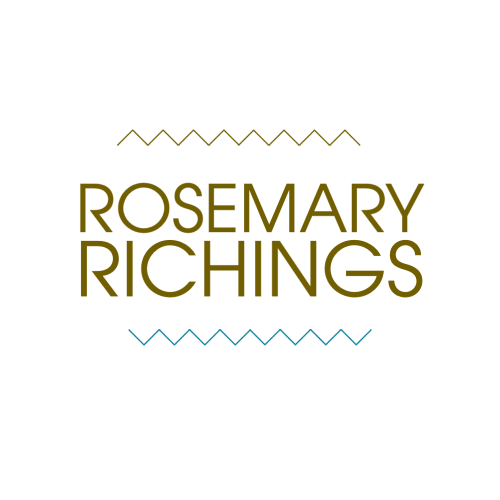Stock photography. If you’ve read a brochure, website, or any kind of marketing content that includes visuals then you’ve likely seen it before.
However, there’s way too much hate out there about stock photography and I totally get it!
Here’s an image that showed up on HubSpot’s awful stock photography list:

We’re working so efficiently together! Right, boss?
When you see examples like that, and just how overused they really are, it makes sense that there are so many stock image haters.
However, not all stock images suck, and it’s possible to use them effectively. Today I’m going to share my tips on how to use stock images effectively.
1) Make your headline images authentic
Advertising professional, David Ogilvy did a study on images, which revealed that the best images either have story appeal or demonstrate something.
This is exactly why I find that website headlines are the absolute worst places to use stock photos. If you make a stock photo your headline image, your results will often look something like this:

And trust me, that’s not something that you want! The photo is unauthentic and reveals absolutely nothing about the company.
Not to mention, Websites That Suck.Com Called The University of Advancing Technology website one of the worst websites of 2014.
What to do instead…
Only use photos in your headline of your own, authentic images.
The Pierre Herme website is a great example of authentic headline photography. That’s precisely why my significant other and I had such a great time browsing their website when we were planning our first ever trip to France :

Now that’s what I call some serious story appeal!
Not only is the web copy extremely enticing and poetic, but the photography paints a flattering, attention-grabbing portrait of Herme’s Macaroons.
The photo’s vibrant colors and picturesque first impressions reel you in. You can’t help but press the “click here” button because the product photo put a face to the look and feel of the product.
2) Use Stock Images in the Background instead of the foreground
The one place where I’ve found that stock images work is when they’re not the foreground focus.
For instance, my most recent website redesign was inspired by the fact that there was too much black text on a white background, and I found its appearance kind of…boring.
So I browsed Unsplash and downloaded some stock photos that I could use in the background of my content.
I deliberately placed the stock photos in places that made sense, where the readers were a lot more interested in the content in the foreground. My starting rates chart, for instance, was a crucial focus of my redesign process:
 Once I inserted the photo in the background, people were paying more attention to the chart and the description above the chart. So how do I know that?
Once I inserted the photo in the background, people were paying more attention to the chart and the description above the chart. So how do I know that?
I turned on heat maps on both pages that included this graphic and noticed that the number of clicks increased.
Here’s the heat maps result for the place where I inserted this graphic on my Services Available page:
 And here’s the heat map result on the part of my Hire Me Page that uses the exact same graphic:
And here’s the heat map result on the part of my Hire Me Page that uses the exact same graphic:
 Before it was just a white chart, with black text, on a white background, but now people are actively engaging with the content.
Before it was just a white chart, with black text, on a white background, but now people are actively engaging with the content.
3) Know your creative commons copyright
If you use any photo that’s not yours, stock photography, or any other source, you have to pay close attention to attribution and usage restrictions.
Here are a few questions that you need to know the answer to before you use someone else’s photo in a public context:
- Is it public domain?
- Is it free for commercial use: any context where someone is profiting off the context in which the photo is used?
- Are modifications okay?
- Is the image attribution free, as in you don’t have to credit the author?
If you’re ever confused about an image’s creative commons copyright license, and what it implies, visit https://creativecommons.org/use-remix/.
Stock image sites, and also sites such as Flickr make their license restrictions easily accessible to users before they hit the download button.
For instance, the stock photo database, Pexels , displays its creative commons license on the bottom right-hand corner of the screen:

Carefully check the CCO license before you use an image so that you don’t break any laws.
Last but not least…
The truth is people buy things without actually seeing it. If you don’t want to just another site that has laughable stock images, don’t just use images for the sake of using images.
Put some serious thought into where you’re using these images and why. If you see a blank space, don’t just fill it for the sake of filling it. Fill it because it will actually leave an impact on others’ impressions of your products.
Probably one of the weirdest examples I found of unnecessarily used blank space was the Yale University School of Art Website. Here’s what I saw when I scrolled to the bottom of the page:

I’m so confused: what does a random close-up of an animal’s eyes have to do with an art school? And what the hell am I supposed to do next?
Blank space, in moderation, can actually be a good thing, as demonstrated via the Curry’s website’s simple, straightforward design:
 Why? Because they only fill the space with what’s 100% necessary. You don’t have to know anything about Curry’s to look at the website and know exactly who they are and what they do.
Why? Because they only fill the space with what’s 100% necessary. You don’t have to know anything about Curry’s to look at the website and know exactly who they are and what they do.
Over to you…
What’s you take on stock photography? Is there ever a time and place for it on blogs and websites that’s not the least bit cheesy? Feel free to comment in the comment section below.


